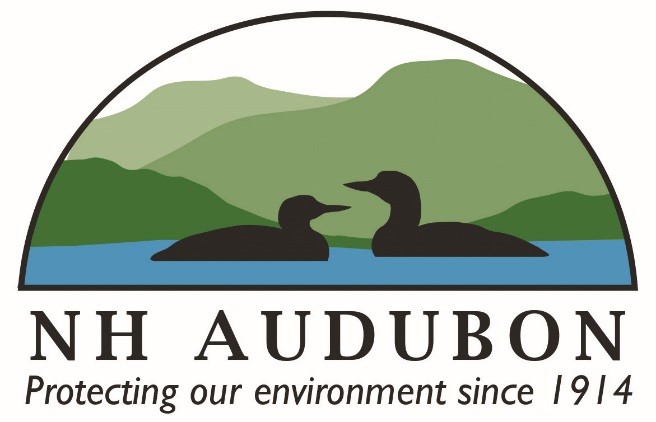REDUCED DEVELOPMENT PRESSURE
[ Back to Benefits ]
We've all seen them, the well-manicured suburban plats with quaint titles like "Sleepy Meadow Farm." At one time it was a farm, replete with rolling meadows and sleepy cows chewing their cud between milkings. Now, neat rows of raised ranches and carefully-spaced London planes line a dizzying maze of cul-de-sacs, its name the only remains of its past life.
It is a reality that people need homes. It is also a reality that farms are frequently the most desirable site for those homes. One 40-acre farm can fit 40 1-acre house-lots, creating a large profit margin for developers. Much of the land is already cleared, reducing the cost of building homes. Farmers also frequently find themselves in a vulnerable position where selling the farm for development seems the only viable alternative.
An elderly couple realizes that the only retirement account they have is their 20-acre pasture. An aged farmer dies, bequeathing the only inheritance he has to give on his non-farming children. A young farming couple leaves an area where farms are a novelty to settle in a more "typical" farm community. A third-generation dairy farmer finds that rising feed prices and decreased milk prices have drained his savings, his credit, and his ability to keep farming.
Whatever the particulars, the monetary and social pressures can exert themselves so strongly that the once-productive farmland is converted to 40 homes with septic systems, garages, and swimming pools.
Just as people have the right to live in subdivisions, farmers have the right to sell their farms for subdivisions. However, all too often the decision to sell the farm is based on economic and social pressures rather than a genuine desire to sell. It is in these cases that The Bobolink Project can help.
By providing farmers with an additional revenue potential from their hayland, those farmers who need the existing income from hay to remain in business can stay in business while providing wildlife habitat. For those farmers who have let hayfields go due to age, infirmity, or expense, this project can provide the financial incentive to renovate those fields.
The Bobolink Project can therefore generate on-farm income to counter-act some of the development pressures that are threatening our valuable farmland, keeping our farms farms.





